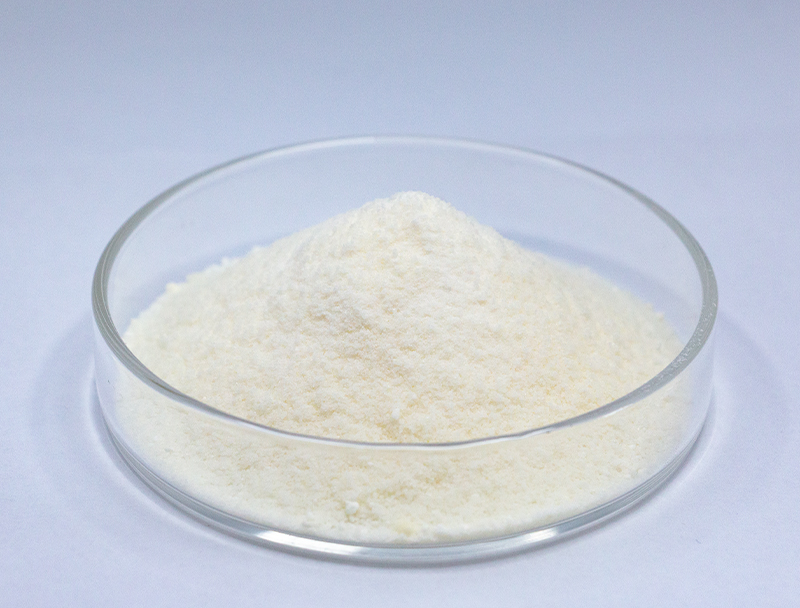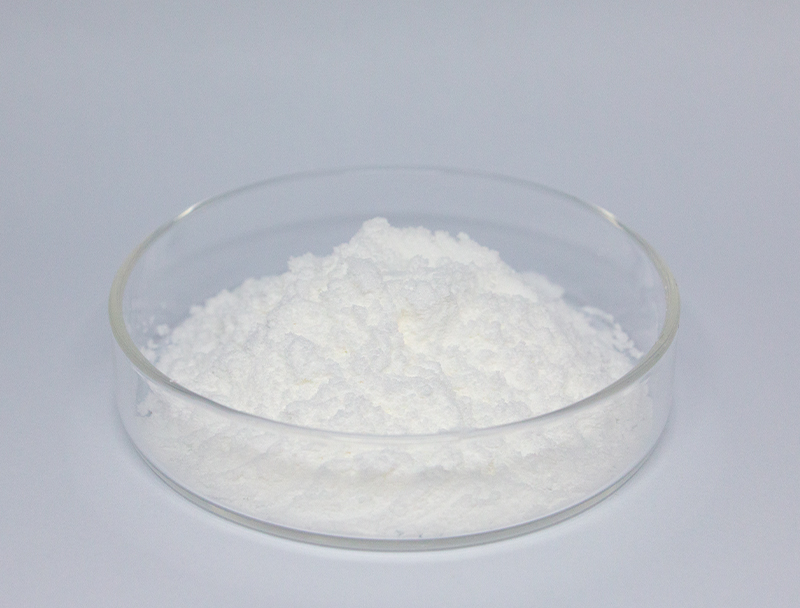
Industrial biosynthesis counts extensively on a plentiful suite of input materials to create novel bio-derived items.
Maintaining environmentally mindful sourcing forms the foundation of durable, responsible industrial growth.
several issues arising from typical material sourcing such as soil erosion and unchecked resource extraction. Therefore, biomanufacturing companies must actively seek out alternative sourcing strategies to minimize their ecological footprint.
- Representations of ethical supply approaches are:
- Integrating compostable agricultural waste into supply chains
- Adopting looped production models to decrease loss and amplify reuse
- Teaming up with provincial partners who practice sustainable procurement
Adopting sustainable feedstock strategies yields environmental wins alongside fiscal sustainability.
Optimizing Biomass Feedstocks for Enhanced Biofuel Production
Optimizing biofuel yields depends strongly on feedstock quality and makeup. Experts maintain efforts to discover ways to maximize feedstock value, leading to higher yields of biofuels and a more sustainable energy future. Initiatives integrate bioengineering to scale biomass production and pretreatment workflows to free fermentable sugars.
- Likewise, initiatives explore candidates such as algal biomass, process wastes, and agricultural leftovers to extend sustainable feedstock availability for fuels.
- Owing to ongoing work the biofuel domain is primed to reach substantial milestones advancing renewable energy adoption.
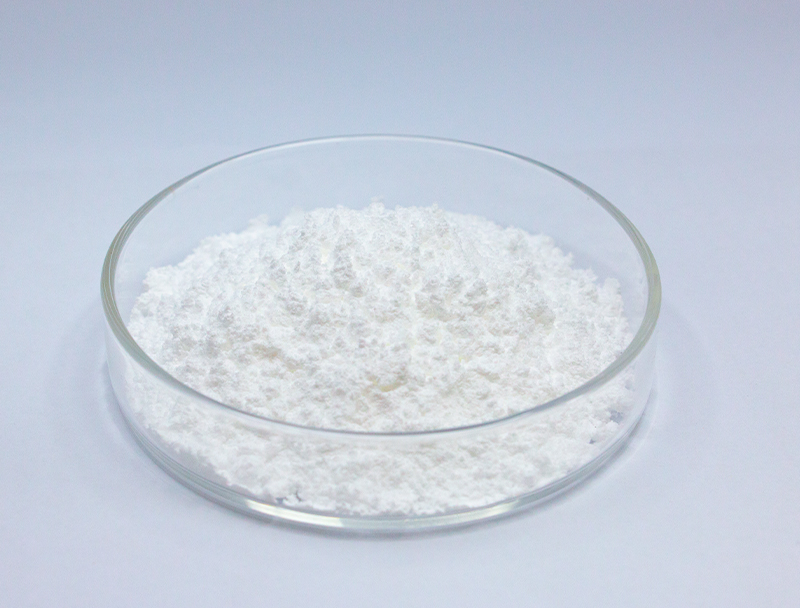
Enhanced Upstream Strategies for Biopharmaceutical Yield
covers the early phases of biopharma production including culturing and biological harvesting Modern progress within the sector has contributed to more efficient processes and higher production.
Key advancements include the utilization of novel cell lines, optimized culture media formulations, and intelligent bioreactor designs. These strategies improve manufacturing efficiency and lessen cost and ecological effects.
- In addition, momentum toward nonstop processing offers improved flexibility and optimized operational flow.
- This shift towards more sophisticated biopharmaceutical manufacturing methods promises to revolutionize the industry and pave the way for faster development of novel therapeutics.

Gene Editing Breakthroughs That Elevate Biopharma Output
improvements in molecular editing platforms like CRISPR have updated therapeutic production processes. With exact genomic alterations, researchers improve host productivity for therapeutic manufacture. This capability can unlock development of cost-efficient, high-performance biologics for many conditions.
Applying Microbial Tools to Improve Environmental Remediation
forward-looking microbial interventions for environmentally friendly decontamination. Microbial species can metabolize and convert hazardous compounds into benign byproducts.. Applying microbial remediation systems creates low-impact cleanup options that address contamination efficiently.. Scientists evaluate varied microbes for potential to remediate metal contaminants, pesticide compounds, and oil-derived pollutants.. Microbial strains work in bioreactor settings or on-site applications to convert pollutants through biological pathways..
Microbe-based remediation provides compelling advantages over standard remediation methods. The approach tends to lower treatment costs and avoids producing toxic residuals. Concurrently, these solutions provide focused remediation without widespread environmental harm. Work in this area evolves rapidly to optimize the success rates and scalability of bioremediation solutions.
Digital Methods Accelerating Pharmaceutical Discovery
Data-driven bioinformatics is critical for modern pharmaceutical innovation. By screening targets and refining candidate molecules, informatics drives faster, evidence-based development.
- With analysis of broad omics and clinical datasets, bioinformatic experts identify targets and model drug effects.
- Furthermore, computational modeling of drug–target interactions aids rational design of higher-performing therapeutics.
- Finally, bioinformatics is revolutionizing the drug discovery and development process, accelerating the time to bring safe and effective treatments to patients in need.
Metabolic Engineering Strategies for Enhanced Bioproduct Synthesis
utilizes multiple approaches to enhance production of desirable bioproducts in cells. Programs use genetic redesign of metabolic networks, dynamic regulation of expression, and addition of heterologous genes to unlock new capabilities. By calibrating pathway dynamics and expression levels teams can greatly amplify bioproduct yields.
This combined approach has capacity to change industries from drug manufacture to food production and bioenergy.

From Lab to Plant: Challenges and Opportunities in Biomanufacturing Scale-Up
Upscaling therapeutic manufacturing brings major obstacles along with promising prospects. Maintaining consistent product attributes with scale-up remains a central difficulty. Overcoming this requires advanced process control, continuous monitoring, and sensitive analytical platforms.
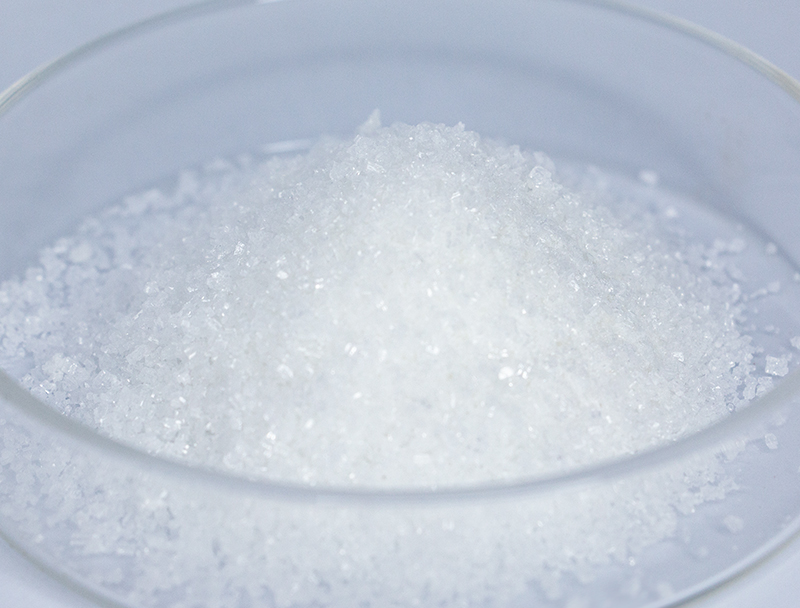
Also challenging is the layered complexity of biomanufacturing encompassing numerous sequential steps.. Reengineering workflows for mass production involves rigorous R&D and inventive technology deployment.. However, NMN the potential rewards are substantial. Successful industrialization can broaden availability, trim costs, and raise profitability.
Challenges are being addressed through a number of initiatives. Plans feature next-gen optimization hardware, sophisticated real-time analytics, and forward-looking production strategies.
- Research and development activities are central to evolving manufacturing capacity.
- Regulatory agencies are working to streamline approval processes for new manufacturing technologies, facilitating innovation in the field.
Mapping the Compliance Environment for Safe Therapeutic Development
Advancing biopharmaceuticals involves heavy regulatory scrutiny to secure product safety and proven efficacy. Therapies derived from biological organisms carry special considerations not typical of conventional pharmaceuticals.
Agencies such as the FDA in the United States and the EMA in Europe play a crucial role in establishing guidelines and standards for the approval of these innovative therapies..
Extensive evaluation procedures are essential across development phases, spanning preclinical work to post-market checks.. These steps are designed to surface risks and verify that biopharmaceuticals comply with elevated safety thresholds..
Likewise, authorities progressively modify regulatory tactics to follow the speed of innovation in biopharma.. Initiatives cover incorporating new methods and supporting faster development while ensuring patient protection.
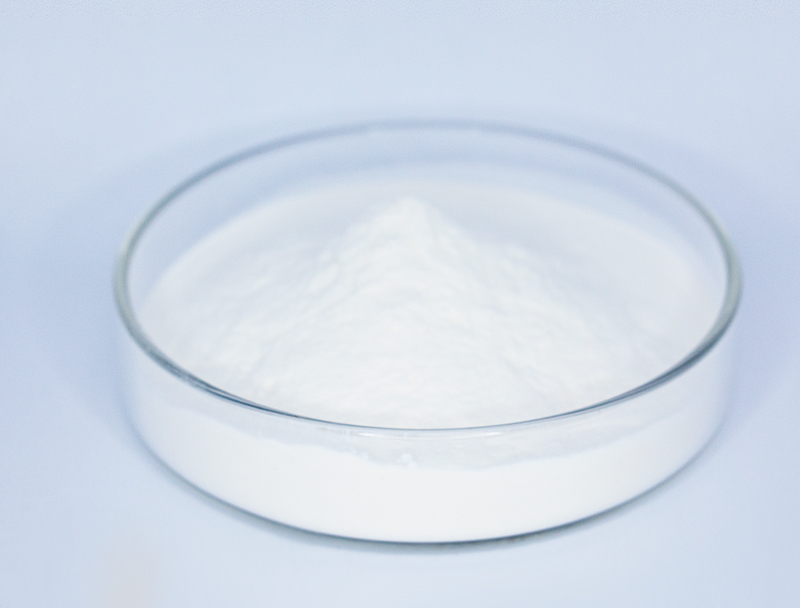
Exploring the Potential of Plant-Based Biomass Feedstocks in Bioplastics
A stronger push for environmentally responsible materials is driving research into renewable options. Using plant feedstocks to make bioplastics gives a promising direction for sustainable material development. Organic feedstocks like cornstarch, cellulose, and sugarcane can be converted to compostable polymers that shrink the environmental footprint of plastics.
Additionally, many plant-based bioplastics show performance characteristics similar to conventional plastics for numerous uses.. Continued research and innovation in this field are crucial to unlocking the full potential of plant-based biomass feedstocks in the manufacture of sustainable bioplastics, paving the way for a circular economy.
Biotechnology's Potential to Transform Health and Food Supply
Biotech innovations hold promise to dramatically impact health and the reliability of food systems. By harnessing genetic engineering, synthetic biology constructs, and advanced cell therapies, technologists deliver capabilities to reduce disease burden, raise crop outputs, and increase food value. To illustrate, modified plants designed for pest resilience and environmental tolerance can raise outputs and reduce pesticide application.. Concurrently, biotechnology drives development of immunotherapies, antibiotics, and diagnostics that play a key role in controlling diseases and improving health metrics. As the field evolves, biotechnology is expected to play a pivotal role in shaping a healthier and environmentally sustainable future for all.
